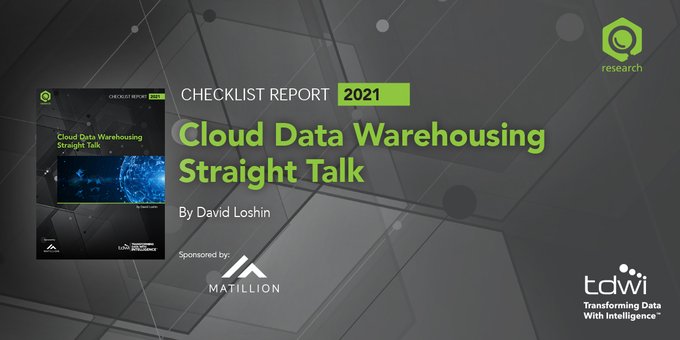In today’s fast-paced business landscape, data reigns supreme. From informing strategic decisions to driving operational efficiency, the importance of Business Intelligence (BI) cannot be overstated. Yet, despite the immense potential that BI projects hold, many organizations find themselves grappling with failure rather than reveling in success. So, what exactly goes wrong?
Often, the journey towards successful BI implementation encounters numerous roadblocks that hinder progress. These obstacles can range from inadequate data governance and poor user engagement to misaligned expectations and a lack of clear objectives. Additionally, technological complexities and an ever-evolving business environment contribute to the challenges organizations face. In navigating this landscape, it becomes imperative to not only identify these pitfalls but also to proactively address them. Only by understanding the root causes of BI project failures can organizations develop robust strategies to overcome them and harness the full potential of their data assets.
What does failure mean?
"Failure" in the context of business intelligence (BI) and analytical projects typically refers to not achieving the desired outcomes or objectives set for the project. This could encompass various aspects such as:
- Inability to Deliver Insights: The project fails to provide meaningful insights or value to the organization, despite investment in resources and technology.
- Mismatched Expectations: The delivered analytics do not meet the expectations or needs of stakeholders, leading to dissatisfaction or disuse of the solution.
- Wasted Resources: Significant time, money, and effort are expended on the project without yielding the expected return on investment.
- Ineffective Decision-Making: Due to flawed or incomplete analysis, decisions made based on the project's outputs lead to poor outcomes or missed opportunities.
- Technological Hurdles: Technical issues such as data integration challenges, poor data quality, or inefficient infrastructure hinder the project's success.
- Cultural Resistance: Organizational culture may resist the adoption of data-driven decision-making, undermining the project's implementation and effectiveness.
- Lack of Sustainability: Even if the project initially succeeds, it may fail in the long term if it's not sustainable or adaptable to evolving business needs and technological advancements.
Understanding these dimensions of failure is essential for organizations to learn from their mistakes and improve their approach to BI and analytical projects in the future.
A classic example.
One classic example of a business intelligence (BI) project failure due to lack of communication between business and IT occurred with a retail company. The business team had a clear vision of what data they needed to analyze customer behavior and optimize their marketing strategies. However, they failed to effectively communicate these requirements to the IT department responsible for developing the BI solution.
As a result, the IT team developed a BI system based on their interpretation of the requirements, which didn't align with the business needs. The system produced reports and analysis that were not useful for the business users, leading to frustration and ultimately the abandonment of the project.
Had there been better communication between the business and IT teams, with regular meetings to clarify requirements, discuss progress, and ensure alignment throughout the development process, this failure could have been avoided. It highlights the importance of collaboration and clear communication between business stakeholders and IT professionals in BI projects.
.png?width=375&height=150&name=Untitled%20design%20(43).png)




